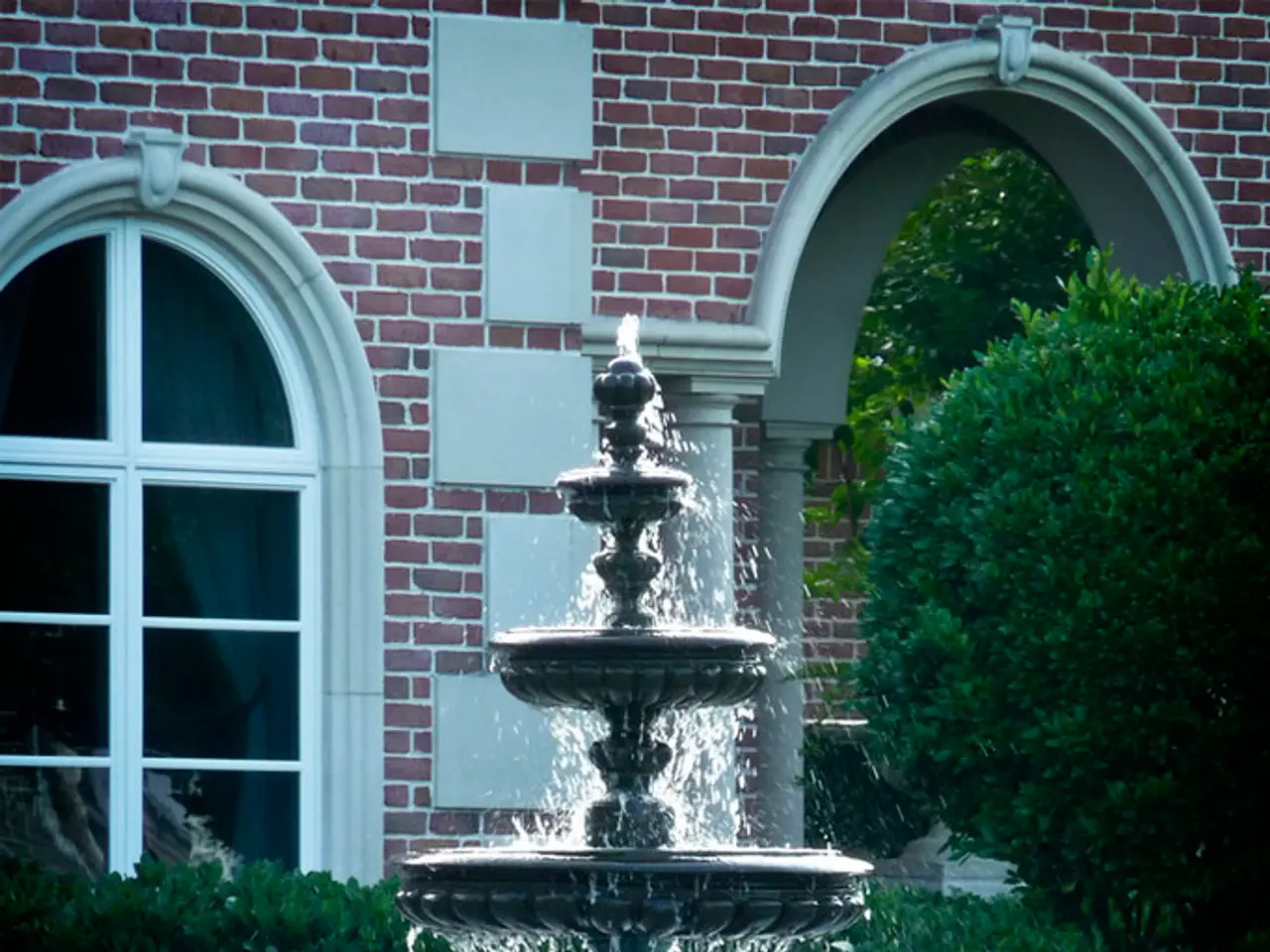Transformed Somerset Corner: Hollywood Landscapers' Supernatural Touch in Action
In the picturesque town of Bath, England, lies Caisson House, a 21⁄2 acres of gardens that tell a captivating story of scented plants, hidden corners, and a rich industrial past. The property, purchased by Phil and Amanda Honey in 2010, was once the headquarters of the Somersetshire Coal Canal Company and home to the chief engineer.
The Honeys, both from Somerset farming stock, were drawn to Caisson House because the land had not been intensely farmed with chemicals and pesticides. This organic approach to gardening resonated with the couple, who ran Palmbrokers, a company creating elaborate green scenery for films and events.
At Caisson House, Phil Honey employs innovative methods to control box blight and other fungal diseases. He uses natural plant tonics, such as fermented mare's tail and unrefined organic sugar, to maintain a balanced and biodiverse ecosystem. Additionally, he soaks seeds in fermented vegetable or fruit parts to give immunities and trace elements to next year's crop.
The garden, a haven for wildlife, is filled with various plants such as orchids, yellow rattle, knapweed, and clover. The grass to each side of the rill grows long and blends into wildflower meadows. A pond and meadows, not intensely farmed with chemicals, indicate a preference for organic methods.
The front of Caisson House is adorned with the fragrant Rosa 'Madame Alfred Carrière'. Terraces of stone setts surround the grounds, with soft herbaceous planting and a parterre featuring box, beech, and yew topiary. An oak boardwalk skirts along the bottom of the pond's steep banks, which are planted with fennel, valerian, and sweet rocket.
The locks at Caisson, once buried under rubbish, brambles, and self-seeded ash, are now celebrated as part of the property's industrial heritage. The pound between locks five and six has been dammed, creating a large pond for newts, freshwater mussels, and other wildlife.
Workshops on botanical block printing and Christmas wreath-making are held in a long shed where once coal barges would be rested up for repair. The actual caisson chamber remains a mystery, and Mr Honey prefers it to stay that way.
Caisson House, built in 1815, stands as a testament to the ambition and failure of engineering, named after a caisson lock, an ambitious piece of engineering that failed and was filled in. The Honeys continue to preserve and nurture this unique property, creating a beautiful and sustainable garden for all to enjoy.
[1] [Garden Design Journal](http://gardendesignjournal.co.uk/caisson-house-bath/) [2] [BBC Gardener's World Magazine](https://www.bbc.com/gardening/article/caisson-house)
- The Honeys, having a background in farming and interior design, applied their skills to transform Caisson House into a sustainable garden, attracting attention from magazines like Garden Design Journal and BBC Gardener's World.
- With its innovative garden tours showcasing organic gardening methods, use of natural plant tonics, and emphasis on biodiversity, Caisson House adds an distinctive element to the home-and-garden landscape, promoting sustainable living and lifestyle.
- In the heart of Bath, England, the creative duo, Phil and Amanda Honey, has made Caisson House not only a symbol of their company's endeavors in film and event gardening but also a tangible representation of their personal commitment to the importance of preserving and nurturing the environment.




